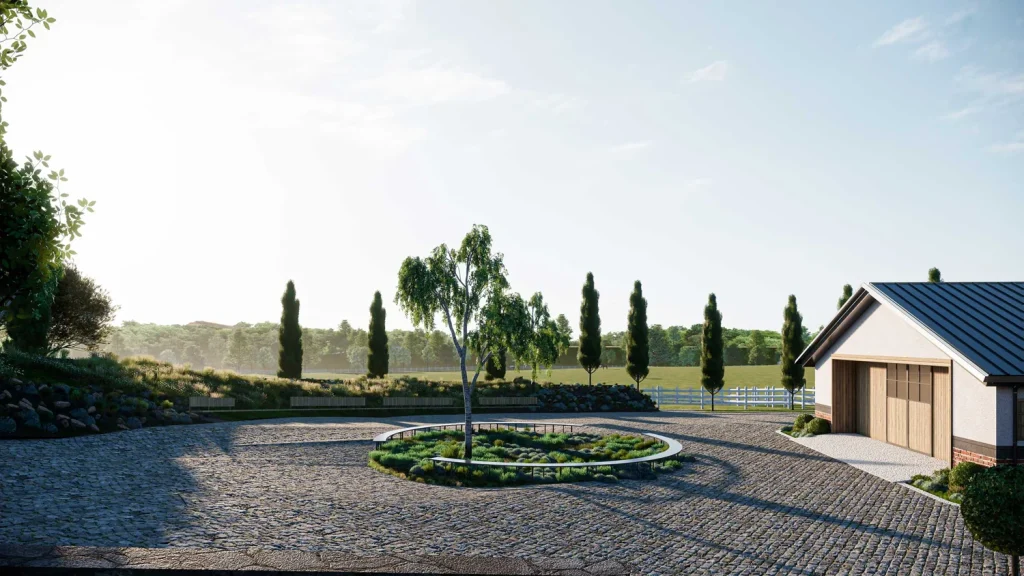Equestrian Facility Basic Design Principles
Equestrian Facility Basic Design Principles, Horseback riding has been an important sport and recreational activity throughout human history. However, building high-standard facilities for horses and riders is critical to providing a successful equestrian experience. Equine Design Studio is a pioneer in equestrian facility design, with years of experience and expertise.
The key principles to consider in equestrian facility design are:
- Functionality: Designing the facility to allow horses and riders to move around comfortably and accommodate all types of equestrian activities.
- Ergonomics: Ensuring a safe and comfortable environment for both horses and riders.
- Sustainability: Addressing environmental factors such as material use, energy and water consumption, with a eco-friendly approach.
- Aesthetics: Creating a visually appealing and harmonious design to enhance the user experience.
Key Components
The essential components of an equestrian facility design include:
- Stables: Providing a sufficient number of stalls for horse housing, care, and training.
- Training Areas: Both indoor and outdoor training areas to offer a variety of exercise options for horses and riders.
- Riding Arenas: Indoor and outdoor riding areas that can accommodate riders of different skill levels.
- Management and Support Spaces: Offices, locker rooms, dining areas, veterinary clinic, and other spaces required for efficient facility operations.
- Service and Infrastructure Systems: Essential water, energy, and waste management systems to ensure a safe and efficient facility operation.
Design Process
Equestrian Facility Basic Design Principles
Equestrian facility design involves a comprehensive process consisting of the following steps:
- Planning: Determining the location, size, functions, and budget of the facility.
- Design: Conducting preliminary studies, conceptual design, and detailed architectural and engineering work.
- Construction: Coordinating the construction process, quality control, and timely completion.
- Operations: Managing the facility’s maintenance, repair, and security needs.

